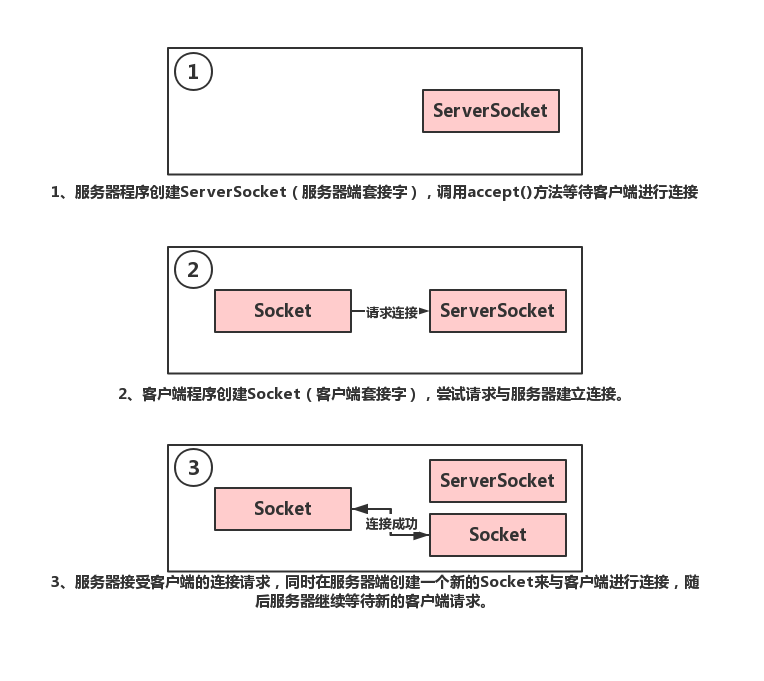Python使用eval函數(shù)執(zhí)行動(dòng)態(tài)標(biāo)表達(dá)式過(guò)程詳解
英文文檔:
eval(expression, globals=None, locals=None)The arguments are a string and optional globals and locals. If provided, globals must be a dictionary. If provided, localscan be any mapping object.
The expression argument is parsed and evaluated as a Python expression (technically speaking, a condition list) using the globals and locals dictionaries as global and local namespace. If the globals dictionary is present and lacks ‘__builtins__’, the current globals are copied into globals before expression is parsed. This means that expressionnormally has full access to the standard builtins module and restricted environments are propagated. If the localsdictionary is omitted it defaults to the globals dictionary. If both dictionaries are omitted, the expression is executed in the environment where eval() is called. The return value is the result of the evaluated expression. Syntax errors are reported as exceptions. Example:
>>> x = 1>>> eval(’x+1’)2
This function can also be used to execute arbitrary code objects (such as those created by compile()). In this case pass a code object instead of a string. If the code object has been compiled with ’exec’ as the mode argument, eval()‘s return value will be None.
Hints: dynamic execution of statements is supported by the exec() function. The globals() and locals() functions returns the current global and local dictionary, respectively, which may be useful to pass around for use by eval() or exec().See ast.literal_eval() for a function that can safely evaluate strings with expressions containing only literals.
執(zhí)行動(dòng)態(tài)標(biāo)表達(dá)式求值
說(shuō)明:
1. 執(zhí)行動(dòng)態(tài)語(yǔ)句,返回語(yǔ)句執(zhí)行的值。
>>> eval(’1+2+3+4’)10
2. 第一個(gè)參數(shù)為語(yǔ)句字符串,globals參數(shù)和locals參數(shù)為可選參數(shù),如果提供,globals參數(shù)必需是字典,locals參數(shù)為mapping對(duì)象。
3. globals參數(shù)用來(lái)指定代碼執(zhí)行時(shí)可以使用的全局變量以及收集代碼執(zhí)行后的全局變量。
>>> g = {’num’:2}>>> eval(’num + 2’) #num未定義Traceback (most recent call last): File '<pyshell#3>', line 1, in <module> eval(’num + 2’) File '<string>', line 1, in <module>NameError: name ’num’ is not defined>>> eval(’num + 2’,g) #g中有定義num,可執(zhí)行4
4. locals參數(shù)用來(lái)指定代碼執(zhí)行時(shí)可以使用的局部變量以及收集代碼執(zhí)行后的局部變量
>>> g = {’num1’:2}>>> l = {’num2’:4}>>> eval(’num1+num2’,g,l)6
5. 為了保證代碼成功運(yùn)行,globals參數(shù)字典不包含 __builtins__ 這個(gè) key 時(shí),Python會(huì)自動(dòng)添加一個(gè)key為 __builtins__ ,value為builtins模塊的引用。如果確實(shí)要限制代碼不使用builtins模塊,需要在global添加一個(gè)key為_(kāi)_builtins__,value為{}的項(xiàng)即可(很少有人這么干吧)。
>>> g = {}>>> eval(’abs(-1)’,g)1>>> g = {’__builtins__’:{}}>>> eval(’abs(-1)’,g) #不能使用內(nèi)置函數(shù)了Traceback (most recent call last): File '<pyshell#9>', line 1, in <module> eval(’abs(-1)’,g) File '<string>', line 1, in <module>NameError: name ’abs’ is not defined
6. 當(dāng)globals參數(shù)不提供是,Python默認(rèn)使用globals()函數(shù)返回的字典去調(diào)用。當(dāng)locals參數(shù)不提供時(shí),默認(rèn)使用globals參數(shù)去調(diào)用。
>>> num = 1>>> eval(’num+2’)3>>> globals() #返回字典中含有num的key{’__doc__’: None, ’num’: 1, ’__package__’: None, ’__name__’: ’__main__’, ’__loader__’: <class ’_frozen_importlib.BuiltinImporter’>, ’__spec__’: None, ’__builtins__’: <module ’builtins’ (built-in)>}>>> eval(’num+2’,{}) #locals參數(shù)未提供,locals參數(shù)=globals參數(shù)Traceback (most recent call last): File '<pyshell#3>', line 1, in <module> eval(’num+2’,{}) File '<string>', line 1, in <module>NameError: name ’num’ is not defined>>> l = locals() >>> eval(’num+2’,{},l) #locals參數(shù)含有num的key,能求值3>>> locals(){’__doc__’: None, ’l’: {...}, ’num’: 1, ’__package__’: None, ’__name__’: ’__main__’, ’__loader__’: <class ’_frozen_importlib.BuiltinImporter’>, ’__spec__’: None, ’__builtins__’: <module ’builtins’ (built-in)>}>>>
以上就是本文的全部?jī)?nèi)容,希望對(duì)大家的學(xué)習(xí)有所幫助,也希望大家多多支持好吧啦網(wǎng)。
相關(guān)文章:
1. JS圖片懶加載庫(kù)VueLazyLoad詳解2. Java實(shí)現(xiàn)的迷宮游戲3. django queryset相加和篩選教程4. Java利用TCP協(xié)議實(shí)現(xiàn)客戶端與服務(wù)器通信(附通信源碼)5. idea設(shè)置提示不區(qū)分大小寫(xiě)的方法6. Java PreparedStatement用法詳解7. 利用ajax+php實(shí)現(xiàn)商品價(jià)格計(jì)算8. 使用AJAX(包含正則表達(dá)式)驗(yàn)證用戶登錄的步驟9. Spring如何集成ibatis項(xiàng)目并實(shí)現(xiàn)dao層基類(lèi)封裝10. IDEA 2020.1.2 安裝教程附破解教程詳解

 網(wǎng)公網(wǎng)安備
網(wǎng)公網(wǎng)安備